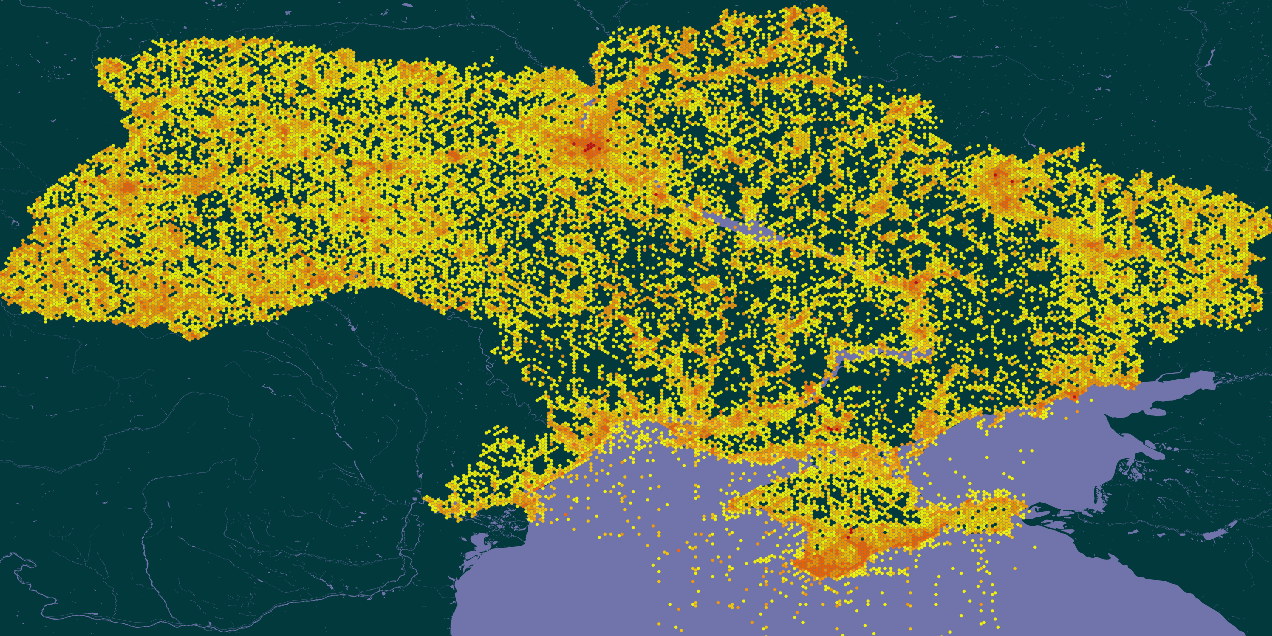On November 5, after the latest updates in the Global biodiversity database, the number of records of animal, plant, and mushroom encounters on the territory of Ukraine exceeded 2,000,000.
Free access to biodiversity data is important not only for the development of science, but also for the development of nature conservation.
Open data is useful for the creation of new protected areas, during environmental impact assessment, planning forestry activities, correct assessment of the state of populations of both rare and background species, etc.
Even a year ago, there were half as many records in the GBIF international database, most of which at that time were uploaded by foreign organizations. Recently, the situation has changed dramatically: many Ukrainian organizations have become independent data publishers, new data sets have appeared, and new specialists have appeared who master the processing of open data. Much of this became possible thanks to the help of our European partners, in particular the Norwegian BioDATA project.
We congratulate the Ukrainian scientists, together with whom we became co-authors of our second million records about the flora and fauna of Ukraine.
During times of war, the collection of biodiversity data can be invaluable in identifying future losses of biodiversity due to military action. And the very fact of the publication of data by scientists from the east and south of Ukraine in a certain way guarantees their preservation in this alarming time, when cultural and scientific assets are rapidly being lost.
GBIF: The Global Biodiversity Information Facility is the world’s largest aggregator of open biodiversity data, currently comprising over one and a half billion observations from over 79,000 datasets published by 1,944 scientific institutions or public science projects around the world. At this time, GBIF contains 2.26 billion records of findings of living organisms on our planet. Each data set is a separate scientific publication that is assigned a DOI, allowing automatic citation tracking even if someone has cited at least one observation from the data set. More than 8,000 scientific peer-reviewed articles cite data from GBIF, citing the authors of the data published here.







